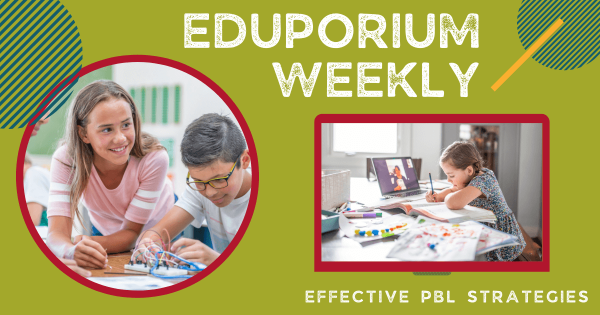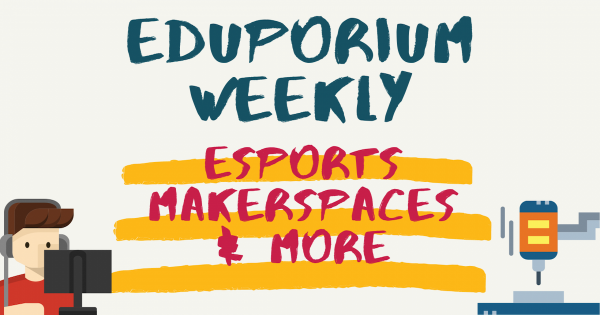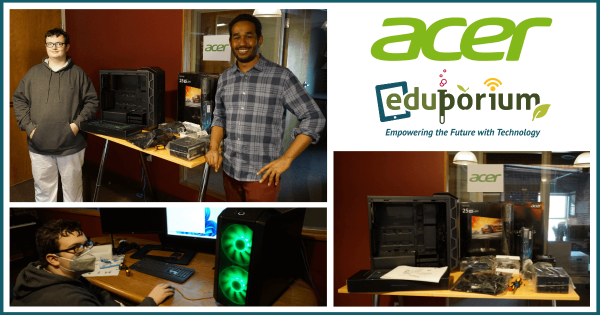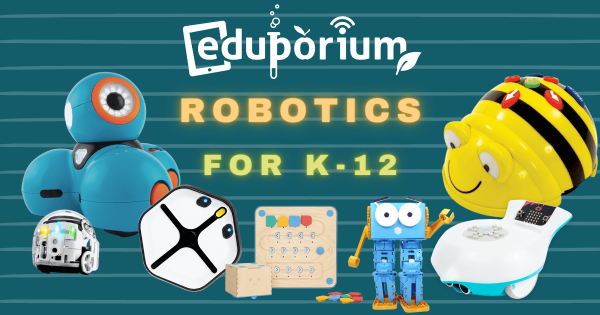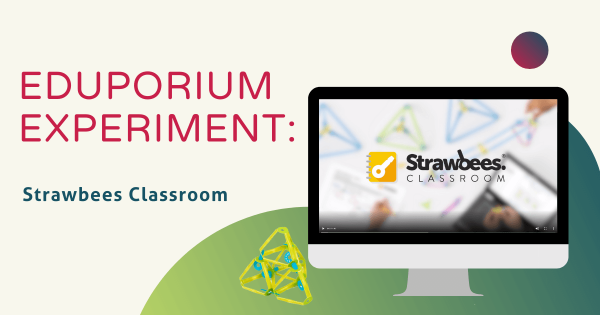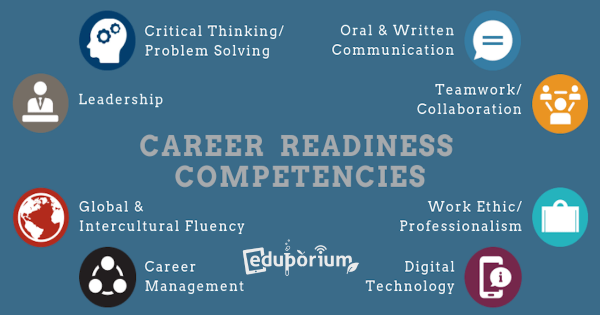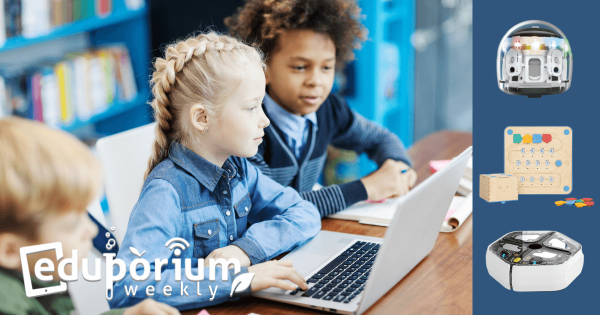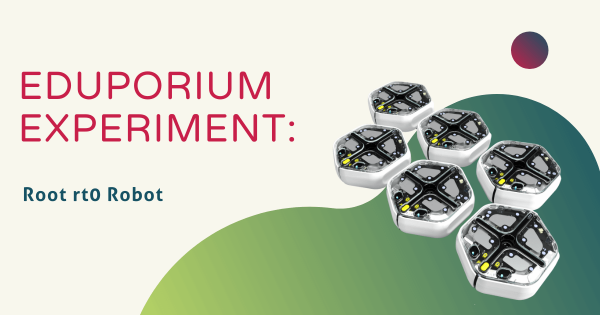Project-based learning, as you might know, is a quite effective approach to instruction that’s often tied to increased community involvement and active collaboration among students. So, we’re exploring what may help teachers get PBL right, tips for implementing successful projects, and ideas for how to best leverage EdTech tools to generate ideal results.
Search results for 'across'
-
Eduporium Weekly | Maker Ed, Esports, And More Resources
As learning initiatives evolve and adapt to better serve students in the 21st century or, in recent years, better allow for productive learning experiences from anywhere, rest assured we’re always doing our best to gauge how we can help. We’ve even created a bunch of useful content for school leaders, classroom teachers, librarians, and various education professionals. -
Using EdTech To Teach SEL And Communication Skills
Although the pandemic caused setbacks in SEL and communication skills, students are often using EdTech to revitalize some of that lost learning. By working as teams to build a circuit or practicing conversations with robots, students foster communication skills that can prepare them for their future. And, they can even communicate in alternative ways through art or music. -
Eduporium Weekly | Augmented Reality In Education
In schools, AR tools help foster unique and strong learning experiences for students of all ages. In fact, its versatility offers teachers so much potential solely in terms of amplifying engagement. Plus, the variety of avenues they have for using augmented reality help make it viable in almost any subject, offering the chance to educate students in new and affordable -
A Teen's Journey To Building A Full Gaming System
About three years back, Logan and his family learned that he had inherited a rare genetic condition known as TANC2 Syndrome. Instantly, most of the normalcy slipped out of his life—with near-constant hospital visits, medical tests, and physical struggles—but one thing that remained was his passion for gaming, leading to his mom helping him learn to build his own system. -
Using Educational Robotics Tools Progressing From K-12
There truly is an endless number of elements to computer science and, as time has gone on, educational robotics solutions have evolved to help our teachers illustrate so many key coding concepts with various avenues for students to develop these skills. So, while some are designed for EarlyEd students (as early as Pre–K), others are complex enough for high school. -
Eduporium Experiment | Using The Strawbees Classroom LMS
The Strawbees Classroom platform is now accessible to any educator, and the Strawbees team has made a bunch of improvements to the LMS. Now, teachers can try a giant library of Strawbees example activities, share their own project guides, and directly assign new challenges. With access to the portal, engineering and exploration in elementary STEM is much easier. -
Eduporium Weekly | Teaching Students Career Readiness
Career readiness can mean any number of different things—especially as it pertains to today’s education landscape. As you know, students may move on to college, attend trade schools, or begin working right after completing high school. Thanks to career and technical education programs, however, many students can learn viable skills and quickly begin a relevant career. -
Eduporium Weekly | Coding For Kids Of Different Ages
There are typically two primary options for younger kids (or older students) to get started with coding: either physical tools or digital tools. Most of our expertise involves the physical coding tools, including educational robotics kits, circuitry solutions, or even programmable drones. Especially following the remote learning era, however, there are also strictly virtual platforms. -
Eduporium Experiment | Root rt0 Coding Robot
Similar in both appearance and functionality to the original Root Robot, the Root rt0 allows educators to deliver hands-on STEAM experiences that are practical and relevant. And, although they do look similar, there are several key differences teachers should know. Once you are up to speed, however, it’s a fantastic addition to coding lessons throughout the K–12 grades.



